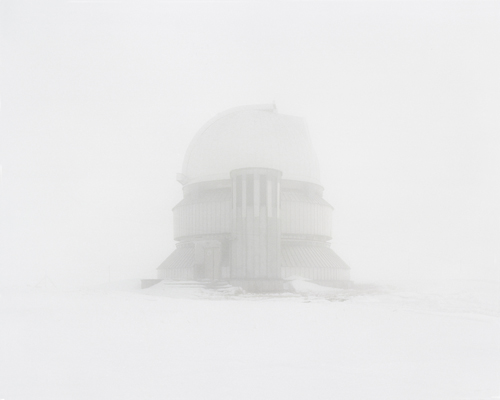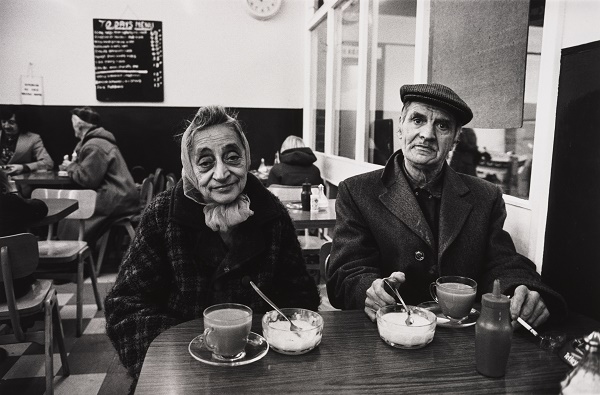
Danila Tkachenko, The world’s largest diesel submarine, Samara region, Russia, 2013 [exhibition view]
At the Rencontres d’Arles, there are the official Rencontres, and then there is the “Off” Festival. The official exhibitions and events are detailed in a green and white 24-page leporello leaflet, which serves as a guide map as well as a distinctive emblem, along with your Pro, Press or Staff lanyard. But the leaflet also includes the “Associated Programme” [
sic], which goes back and forth between the “In” and “Off” and comprises the exhibitions presented by the LUMA Foundation, the ENSP (the national photography school based in Arles), the brand Olympus, the Musée Réattu, and the Méjan (curated by Arles-based publisher Actes Sud). At the Méjan, after the butoh on the first floor (I will of course come back to it [see Arles 3], as this confrontation between two conceptions of photography is too interesting not to address), I made my way upstairs to look at
Hans Silvester’s ethnographical account of the Bench, a little-known ethnic group living in the south of Ethiopia. It is interesting as a documentary work but, beyond that, it does not elicit much enthusiasm. However, basking in the yellowish glow of the room, I was awed by the discovery of a remarkable work, not mentioned anywhere, missing from the program, forgotten by all official speakers,
overlooked by the media… although it is, in my eyes, one of the most important propositions of the week.

Danila Tkachenko, Deserted observatory located in the area with the best conditions for space observations




